Photo credits: AcronymsAndSlang.com
The National Negro Medical Association (now abbreviated NMA) was founded on November 26, 1895 by African American physicians as an alternative to the white-only American Medical Association (AMA).
The NMA was created by twelve black doctors at the Cotton States and International Exposition in Atlanta, Georgia. Robert F. Boyd was the organization’s first president and Daniel Hale Williams served as Boyd’s vice president. The organization’s mission was to combat racism and segregation in the medical field, both for medical professionals and their patients.
When the NMA was founded, there were approximately 400 black medical professionals in the United States. By 1905, there were approximately 1,500. Only fifty of them joined the NMA. By 1910, the NMA had 500 members. Its NMA’s leadership decided that the best way to encourage enrollment involved publishing a medical journal. In 1909 the first Journal of the National Medical Association was published. The journal published articles about medical practice, as well as information about the state of African American doctors in the United States. By 1928, nearly 2,000 of the 4,000 black doctors in the United States were NMA members.
The NMA worked to promote the primary health needs of African Americans. During its annual meetings, all of its sessions were open to the public. Virtually all of them emphasized health education. In 1915, Booker T. Washington founded Tuskegee’s Negro Health Week. Roscoe C. Brown, a dentist who worked for the U.S. Public Health Service and an NMA member, helped create a campaign to make Negro Health Week national in scope. The NMA provided free clinics across the country during the week.
The NMA also fought for Black America’s access to quality hospitals. In 1923, it established the National Hospital Association to improve and monitor the quality of black hospitals. At first, the NMA was concerned that black hospitals would be closed if their deficiencies were exposed. They also felt that subsequently, black doctors would lose their jobs. The NMA, however, soon realized that hospital reform was necessary both to increase the level of patient care and to encourage financial support for these institutions.
In the 1950s and 60s, the NMA promoted the medical civil rights movement. It criticized the American Medical Association’s continued support of racial exclusion, particularly in the South. As a result of the criticism, some southern medical affiliates began to admit black doctors. The NMA also fought to remove racial restrictions for admission to the American College of Surgeons and other specialty boards. The NMA also fought to desegregate nursing and medical schools. It also pushed for hospital integration.
The National Medical Association (as it is named presently) remains active in the fight for medical civil rights today. It represents approximately 30,000 African American physicians or more.
Reference:
Anderson, M. (2009, May 09) National Medical Association (1895- ). Retrieved from https://www.blackpast.org/african-american-history/national-medical-association-1895/
Research source: Nina Mjagkij, Organizing Black America (New York, NY: Garland Publishing Inc., 2001); Jack Salzman, David Lionel Smith, and Cornel West, eds., Encyclopedia of African-American Culture and History (New York: Simon and Schuster, 1996); www.nmanet.org.
*BlackThen.com writer and historian Victor Trammell edited and contributed to this report.





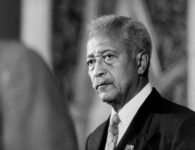
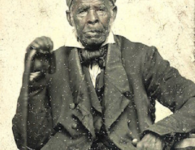

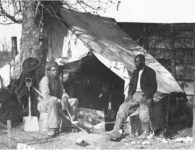
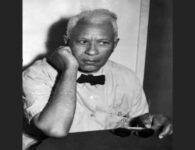
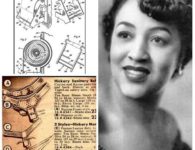
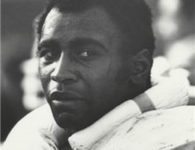
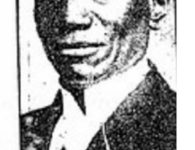




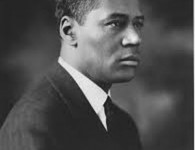
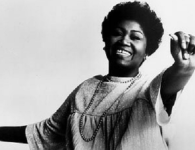
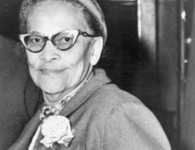

No comments